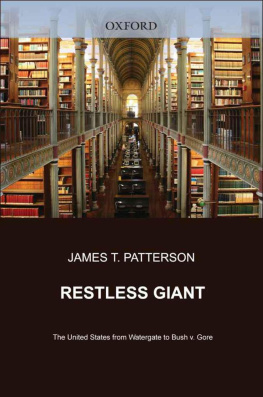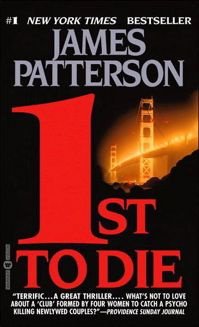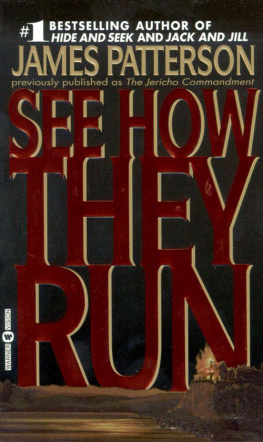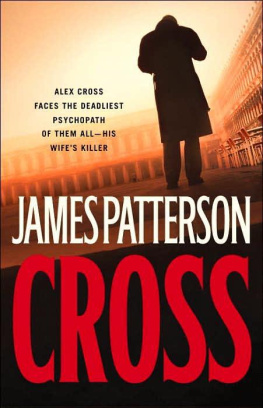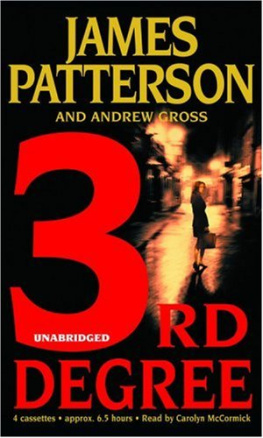CONGRESSIONAL CONSERVATISM
AND THE NEW DEAL
CONGRESSIONAL
CONSERVATISM
AND THE
NEW DEAL
The Growth of the Conservative
Coalition in Congress, 1933-1939
by
JAMES T. PATTERSON
COPYRIGHT 1967
by the University of Kentucky Press, Lexington
Library of Congress Catalog Card No. 67-17845
To my wife, Nancy
PREFACE
AS MANY observers have pointed out, the formation of a conservative coalition in Congress by 1939 was one of the most significant developments of recent American political history. But there has been no serious effort to look at the conservatives themselves in order to answer such questions as: who were they; what characteristics did they share; when and why did they form a coalition; to what extent were they consciously organized; and finally, was the coalition, such as it was, inevitable? This book attempts to provide tentative answers to these questions.
My use of the word conservative may bother some readers. Certainly no two conservatives voted alike on all major issues. Some of these men might better be termed reactionaries, others moderates. Many spoke the language of Social Darwinism; others were Burkean conservatives. Some were agrarian conservatives; others were spokesmen for urban business interests. But the unifying factor, as Clinton Rossiter has pointed out, was opposition to most of the domestic program of the New Deal. By and large the congressional conservatives by 1939 agreed in opposing the spread of federal power and bureaucracy, in denouncing deficit spending, in criticizing industrial labor unions, and in excoriating most welfare programs. They sought to conserve an America which they believed to have existed before 1933.
This book concentrates upon domestic issues, mainly because questions of foreign policy before 1939 were not very important in helping to develop a conservative coalition. When foreign policy programs finally became central congressional issues in 1939, the coalition had already formed, and the alignments on subsequent foreign policy problems were different from those which had already served to stymie the domestic New Deal. Indeed, the fact of these differing alignments was but one more illustration of the lack of conservative unity on many important occasions.
Many people have helped me with this book. I am grateful to the staffs of the various libraries and historical societies who facilitated my search for materials. I also thank the Graduate School of Indiana University for providing me with financial assistance. I received very helpful suggestions and comments from Professors Chase Mooney and Walter Nugent of Indiana University, Peter Filene of Lincoln University, Professor James M. Burns of Williams College, and Professor John Thomas of Brown University, all of whom read earlier drafts of the manuscript. I also want to thank my friends at Indiana University, Robert Marcus, G. Cullom Davis, and Irene Neu, and Ronald Schaffer of San Fernando Valley State College for excellent suggestions regarding Chapters Nine and Ten. Professors William E. Leuchtenburg of Columbia University, Frederick Rudolph of Williams College, and John E. Wiltz of Indiana were especially helpful; each spent many hours of his time and provided me with reams of critical comments. I owe a special debt to Professor Frank Freidel of Harvard, whose aid and encouragement throughout this project and on many other matters has been essential.
J. T. P.
; James M. Burns, Deadlock of Democracy: Four-Party Politics in America (Englewood Cliffs, N.J., 1963).
.
1
A TRACTABLE CONGRESS
T HE NEW Congress, observed Walter Lippmann in January 1933, will be an excitable and impetuous body, and it will respect only a President who knows his own mind and will not hesitate to employ the whole authority of his position. Congressmen, he advised, should grant President-elect Franklin D. Roosevelt the widest and fullest powers possible under the most liberal interpretation of the Constitution.
Such predictions of an unruly Congress in a time of social and economic crisis were commonplace in the months prior to Roosevelts inauguration on March 4, 1933. To some extent these apprehensions reflected low opinions of the President-elect. Lippmann had earlier referred to Roosevelt as a nice young man who would very much like to become President, and many of the President-elects most enthusiastic admirers fretted over Roosevelts apparent lack of policy and blithe gaiety in the face of the worst depression the nation had ever experienced.
As Lippmann and Pittman revealed, however, Congress, not Roosevelt, was the primary reason for concern. Its record from the League of Nations debate in 1919 through the Depression years had incensed many liberal commentators.
Neither a national dictator nor a rebellious Congress appeared. The record of the 1933 congressional session was not only voluminous and productive but psychologically encouraging, especially in contrast to what many had expected. To stimulate business recovery and guarantee minimal rights of labor, Congress passed the National Industrial Recovery Act. To bolster farm prices, it approved the Agricultural Adjustment Act incorporating domestic crop allotment and benefit payments. To provide for emergency relief, it appropriated $500 million for direct aid. It also enacted the Emergency Banking Act to relieve the national banking crisis, the Economy Act authorizing the President to make sweeping economies in government, the Thomas Amendment to the Agricultural Adjustment Act granting the President wide powers to devalue the dollar, and the Tennessee Valley Authority (TVA).
Significantly, Roosevelt received not only almost everything he wanted from a willing Congress, but he received it easily. The passage of eleven key bills in the House consumed only forty hours of debate. In the more deliberate Senate the legislative process was more careful, but even there no serious delays occurred.
Congress was not only quick, it was unprecedentedly generous in its grants of power to the President and to executive agencies. Roosevelt, in his inaugural address, said he might ask for broad executive power to wage a war against the emergency as great as the power that would be given if we were in fact invaded by a foreign foe.
Congressional readiness to surrender cherished prerogatives underscored a significant aspect of the 1933 session: in many areas it was considerably less orthodox than Roosevelt. Far from favoring conservative business interests in the manner of the Congresses of the 1920s, it approved an income-tax amendment requiring incomes to be publicized, and it passed the TVA with remarkable ease. Far from ignoring labor, it enacted the labor provisions of the National Industrial Recovery Act, while the Senate passed the Black thirty-hour work-week bill in spite of Roosevelts lack of enthusiasm. And far from wedding itself to orthodox monetary theory, Congress passed the Thomas Amendment, pushing Roosevelt in the direction of devaluation or inflation. Congressmen witnessed the end of the gold standard with scarcely a protest. Many conservative congressmen who were later to attack Roosevelts policies were posing no objections to his proposals in 1933.




